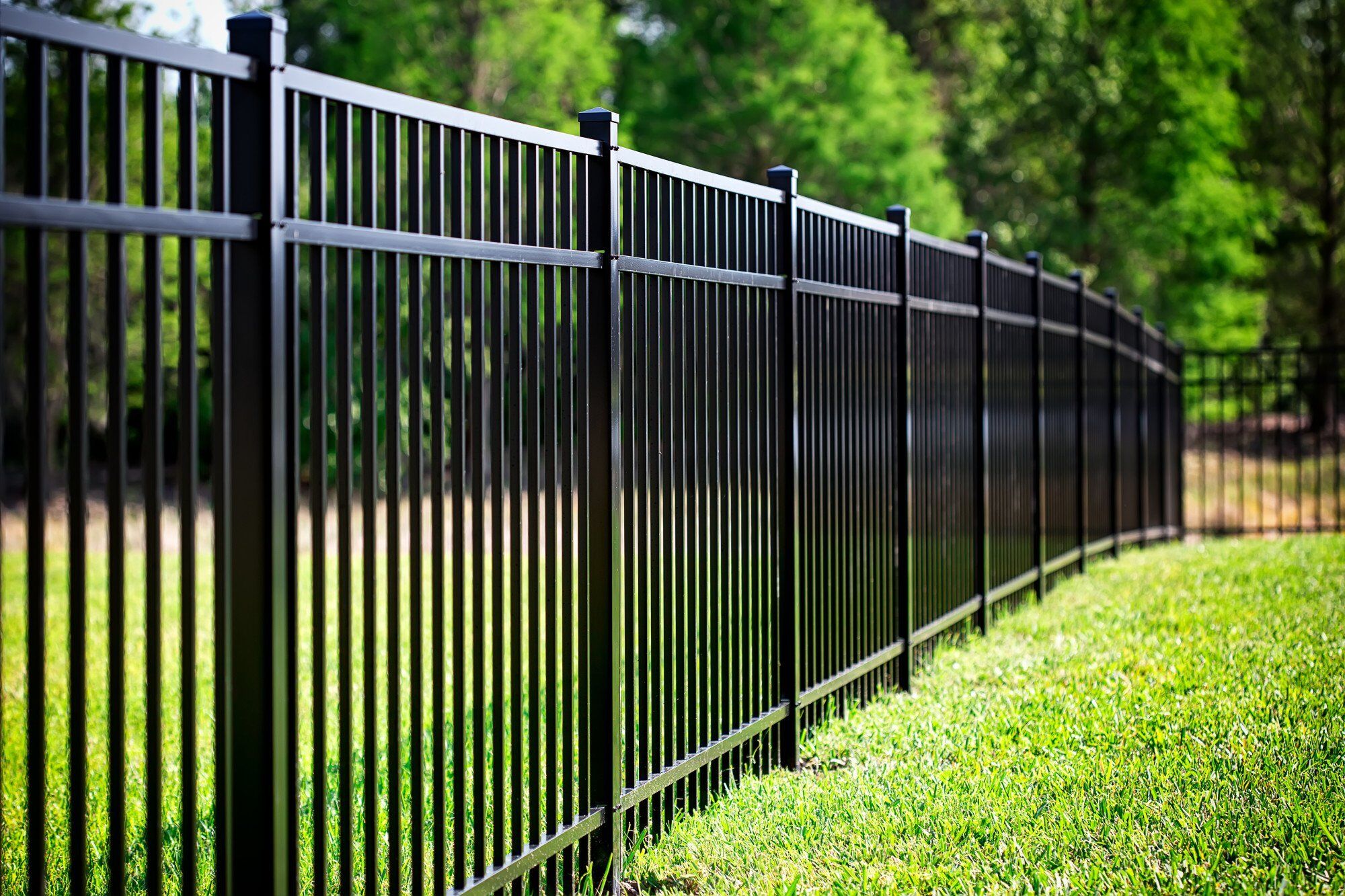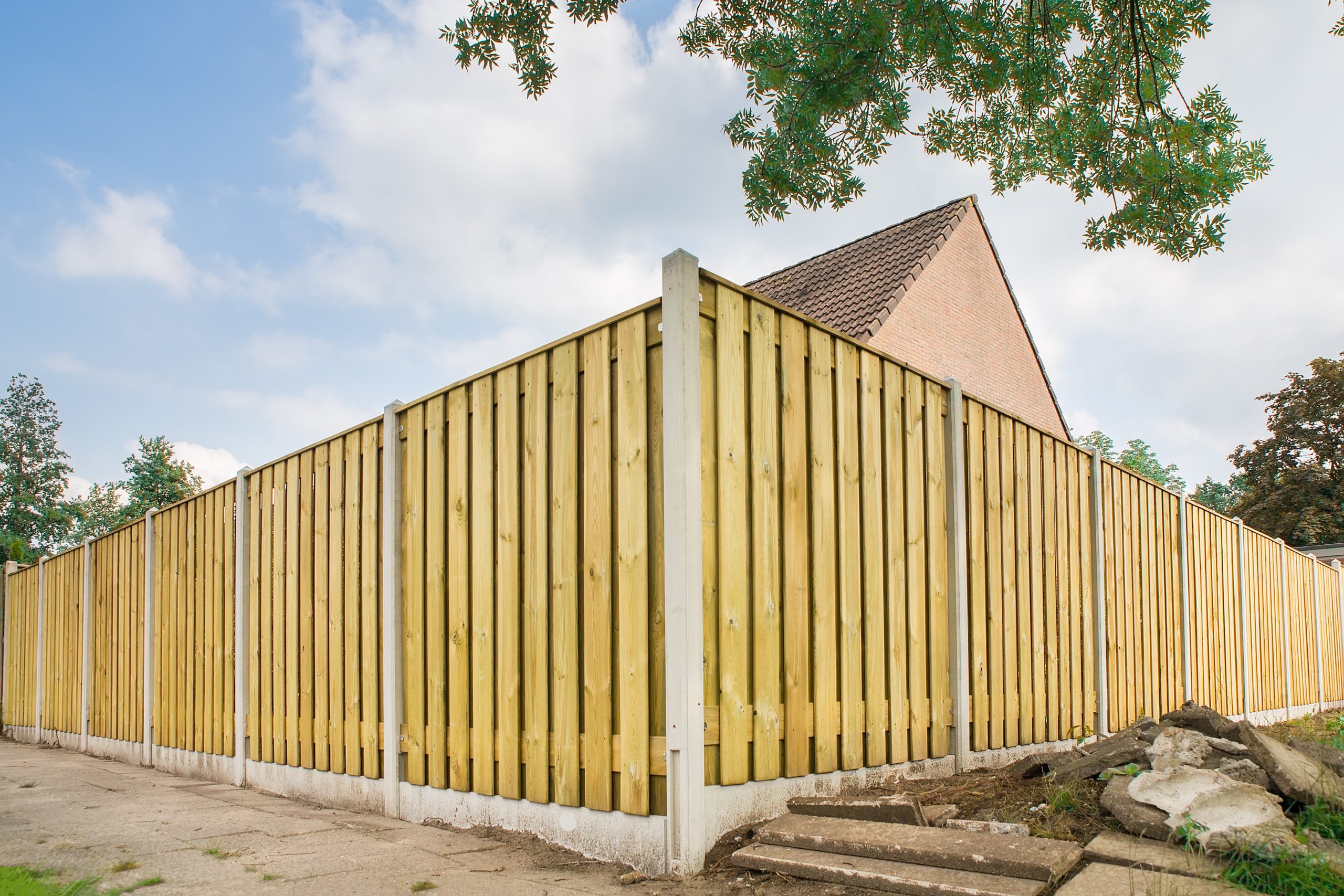All Categories
Featured

Fences are an integral part of your residential property, offering privacy, security, and aesthetic worth. Nonetheless, they are regularly exposed to the elements and can experience weather-related damages over time. Whether it's strong winds, rainfall, snow, or intense warm, weather condition conditions can gradually weaken your fence, leading to costly repair work or substitute. There are numerous actions you can take to shield your fence from weather-related damages and prolong its life-span. Right here's just how you can guard your fencing against the components.
- Choose the Right Material. The type of product your fence is made from plays a substantial duty in just how well it will withstand weather. Some materials are normally much more resistant to damages than others. For instance:
Wood Fencings: While attractive and classic, timber can be at risk to wetness, rot, and bugs. Pressure-treated wood or cedar can offer far better resistance to these problems. Vinyl Fencings: Plastic is highly resistant to moisture, rot, and insects. It also stands up well to extreme sunlight and heavy rainfall. Steel Fencings: Wrought iron or aluminum fencings are durable and can endure a range of climate condition. They can, nevertheless, suffer from rust in time, specifically if not effectively coated. Composite Fences: Made from a mix of wood fibers and plastic, composite fences are extra immune to weather-related damage contrasted to conventional timber fencings. Picking the best material for your area's environment is the very first step in shielding your fencing from climate damages.
- Seal or Stain Wooden Fences. Wooden fences are especially prone to damage from wetness, UV rays, and temperature variations. Among the most reliable means to safeguard your wood fencing is by using a protective sealant or discolor. These items help:
Avoid Water Damages: Sealants create a water-resistant obstacle, stopping wetness from permeating right into the wood and creating mold, mold, or rot. Protect Versus UV Damages: A great discolor or sealer will likewise obstruct harmful UV rays from the sunlight, which can cause timber to dry out, crack, and tarnish over time. Protect the Fence's Look: Regular discoloration helps preserve the natural beauty of the wood and expands its lifespan. It's advised to reapply the stain or sealant every 1-- 2 years to keep your fence in good condition.
- Mount an Obstacle for Wind Security. Solid winds can create considerable damage to your fence, specifically if it is high or weak. Wind can bend or break wooden panels, loosen up fencing articles, and even cause the whole fence to collapse. Setting up a windbreak-- such as planting shrubs, hedges, or setting up a mesh obstacle-- can assist shield your fencing from high winds.
Additionally, you can reinforce the messages with concrete or metal dental braces to offer additional stability and protect against moving or leaning.
- Trim Overhanging Branches. Dropping branches can damage panels or harm the fence posts, leading to costly repair work. Keeping the branches cut back minimizes the risk of branches damaging off and creating damage to the fencing.
- Routine Examinations and Upkeep. Doing normal maintenance and evaluations is essential to catching possible issues before they rise. After a heavy storm, examine your fence for any type of indicators of damage, such as loose panels, leaning messages, or busted areas. Taking care of little issues before they become bigger ones can aid extend the life of your fence.
In addition, cleansing your fence periodically to eliminate mold and mildew, dirt, or debris can aid maintain its look and stability. For wood fences, carefully stress wash the surface area to remove built-up crud, and for plastic fencings, make use of a light cleaning agent to clean any type of discolorations.

- Make Certain Appropriate Water Drainage. Water damages is among one of the most typical weather-related issues that impact fencings. Poor drainage can bring about standing water around your fencing messages, which can trigger the posts to rot or damage gradually. To avoid this, ensure the ground around your fencing slopes away from the blog posts. You might additionally intend to set up water drainage options such as French drains pipes or crushed rock at the base of the posts to avoid water from merging.
- Use a Safety Covering to Steel Fences. Metal fencings, such as those made from iron or steel, are extremely resilient however can be susceptible to corrosion if not effectively preserved. Applying a protective finishing or paint that is particularly created for metal can assist prevent corrosion and corrosion. Make certain to check the fence periodically for any type of indicators of rust, and address it quickly by fining sand and painting the impacted areas.

Final thought. Your fencing is an important financial investment, and safeguarding it from weather-related damages will aid guarantee that it continues to serve its function for many years to come. By picking the ideal products, routinely preserving your fencing, and taking actions to safeguard it from the components, you can decrease weather-related damages and extend its life-span. Whether you're dealing with solid winds, hefty rainfall, or the harsh sun, these easy steps can go a long means in preserving the problem and appearance of your fence, conserving you money and time in the long run.
Latest Posts
Discover Exclusive Auto Repair Specials in Chicago at Montclare Auto Repair
Published May 27, 25
1 min read
Uncover Reduce Expenses on Car Maintenance with Montclare Auto Repair’s Limited-Time Deals
Published May 27, 25
1 min read
How Regular Vehicle Maintenance at Montclare Auto Repair Saves You Money
Published May 26, 25
1 min read
More
Latest Posts
Discover Exclusive Auto Repair Specials in Chicago at Montclare Auto Repair
Published May 27, 25
1 min read
Uncover Reduce Expenses on Car Maintenance with Montclare Auto Repair’s Limited-Time Deals
Published May 27, 25
1 min read
How Regular Vehicle Maintenance at Montclare Auto Repair Saves You Money
Published May 26, 25
1 min read